Photo credits: Everyman Publishers
According to many critics, Baldwin’s semi-autobiographical book Go Tell It on the Mountain is his best work.
To a large extent, this piece relies on Baldwin’s own personal experiences as a youngster, which included struggles with religious uncertainty, racism, sexual indecision, and an often-difficult relationship with his father. John Grimes, the son of a fire-and-brimstone revivalist preacher, finds himself more estranged from his angry, dictatorial father, his religious beliefs, and his town on the fourteenth birthday of the protagonist.
This young man’s struggle with Manichaean options, body or spirit, community or individuality, conversion or heresy, is handled masterfully by Baldwin.
Three sections make up the book. In the first section, we see John’s anxiety as he realizes that he has aspirations and objectives that run against the grain of his family and his town. In the second half, we learn about the traumatic moments that Gabriel and Elizabeth had in the South and the North, even though they thought that their marriage would erase their previous mistakes. In the third section, John gives in to religious euphoria as he continues to search for a way out of his predicament.
This is what Baldwin said in an interview with the Paris Review in 1984 when asked about what the book was about and what it meant to him:
“Writing ‘Go Tell It On The Mountain’ was an attempt to exorcise something, to find out what happened to my father, what happened to all of us, what had happened to me, and how we were to move from one place to another.”
Postwar literature was enriched by Baldwin’s mastery of language and his portrayal of an adolescent grappling with complicated concerns. Buy Go Tell It On The Mountain here.

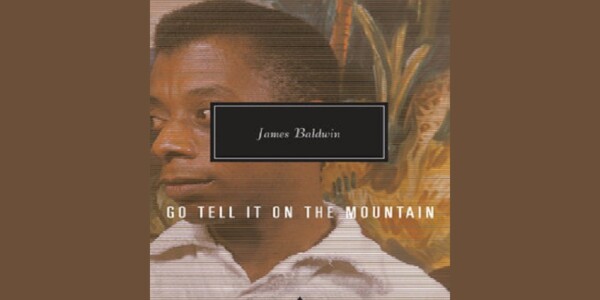




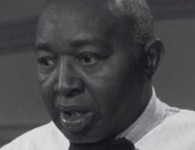



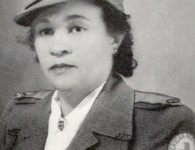
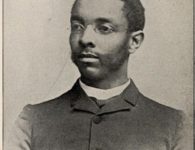






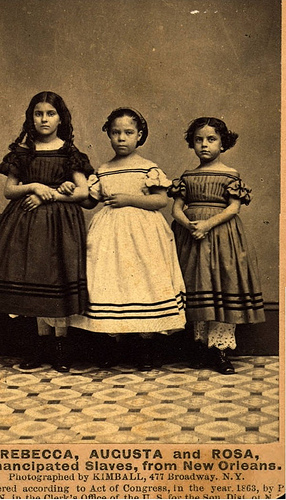


No comments